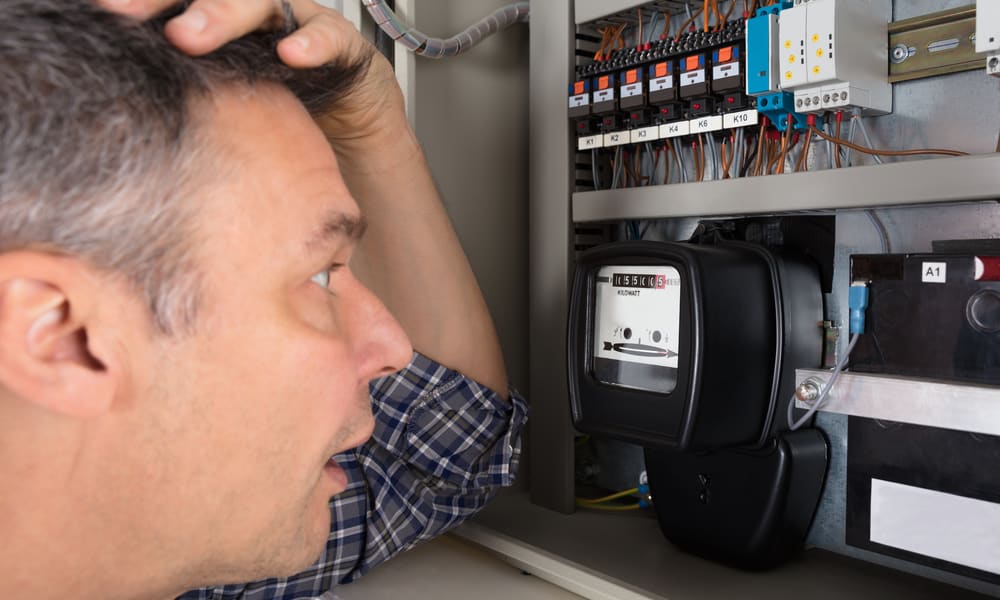Maintaining burner cleanliness to reduce soot buildup
Soot on burners is a common sign of incomplete combustion and poor airflow. Regular attention to burner cleanliness, combined with routine inspection and diagnostics, helps protect efficiency and indoor air quality. This article outlines practical steps for homeowners and technicians.

Maintaining clean burners reduces soot, improves heating efficiency, and lowers the risk of carbon buildup that can interfere with safe operation. Regular maintenance and periodic inspection of burner components reveal early signs of incomplete combustion and venting problems. Proper attention to airflow, filters, and the overall combustion environment minimizes soot formation and supports reliable system performance.
How can inspection prevent soot formation?
Regular inspection is the first line of defense against soot buildup. During an inspection, a technician checks burner ports, flame patterns, and pilot assemblies for irregularities that indicate incomplete combustion. Inspection also includes examining heat exchangers and nearby surfaces for early sooting and assessing venting paths for obstructions. Combining visual checks with simple diagnostic tools can identify problems before soot accumulates and affects efficiency and safety.
What combustion adjustments reduce soot?
Combustion tuning focuses on fuel-to-air ratio and stable flame characteristics; both are central to reducing soot. If combustion is fuel-rich, soot forms as unburned carbon deposits. Technicians adjust orifices, pilot settings, and gas pressure or fuel delivery so the burner achieves a clean, blue flame rather than a yellow, sooty one. Regular combustion checks using a combustion analyzer or basic visual cues ensure the system operates within recommended parameters.
How does airflow influence soot buildup?
Airflow affects the amount of oxygen available for combustion and the distribution of heat through ductwork. Restricted airflow—caused by clogged filters, closed vents, or poorly balanced ductwork—can create local fuel-rich conditions that promote soot. Ensuring good airflow means replacing or cleaning filters, verifying ductwork integrity, and checking return and supply pathways. Proper balancing and adequate insulation around ducts also help maintain consistent temperatures that discourage condensation and particulate accumulation.
Why is venting and ductwork important for soot control?
Venting provides the pathway for combustion byproducts to leave the system safely. Blocked or poorly sized venting can cause back-drafting and incomplete combustion, leading to soot. Ductwork problems such as leaks, disconnected sections, or inadequate insulation change pressure and temperature profiles and can concentrate soot in certain areas. Regular checks of venting connections, chimney liners, and accessible duct segments reduce the risk of soot migration and buildup.
How do filters, insulation, and balancing contribute?
Clean filters capture airborne particulates that otherwise circulate and settle on heat exchangers and burner surfaces. Choosing the right filter and maintaining a replacement schedule are part of effective maintenance. Insulation around ducts reduces temperature loss that could lead to condensation and deposit formation. Balancing airflow between supply and return reduces hot spots and prevents fuel-rich pockets. Together, filters, insulation, and balancing support consistent combustion conditions and lower soot risk.
When to use diagnostics and thermostat checks?
Diagnostics extend beyond visual inspection: combustion analyzers, draft gauges, and infrared thermometers reveal subtle issues that contribute to soot. A thermostat that cycles too rapidly or is poorly calibrated can create frequent on/off conditions that encourage incomplete combustion during ignition cycles. Using diagnostic tools to log temperatures, combustion efficiency, and draft behavior during operation gives a clearer picture of when and why soot appears and guides targeted maintenance steps.
Conclusion Maintaining burner cleanliness requires an integrated approach: scheduled inspection, careful combustion tuning, consistent airflow management, and the right filter and ductwork practices. Diagnostics and thermostat checks help catch marginal conditions before visible soot forms. By combining these measures, homeowners and service technicians can reduce soot buildup, support system efficiency, and maintain safer indoor air quality.






